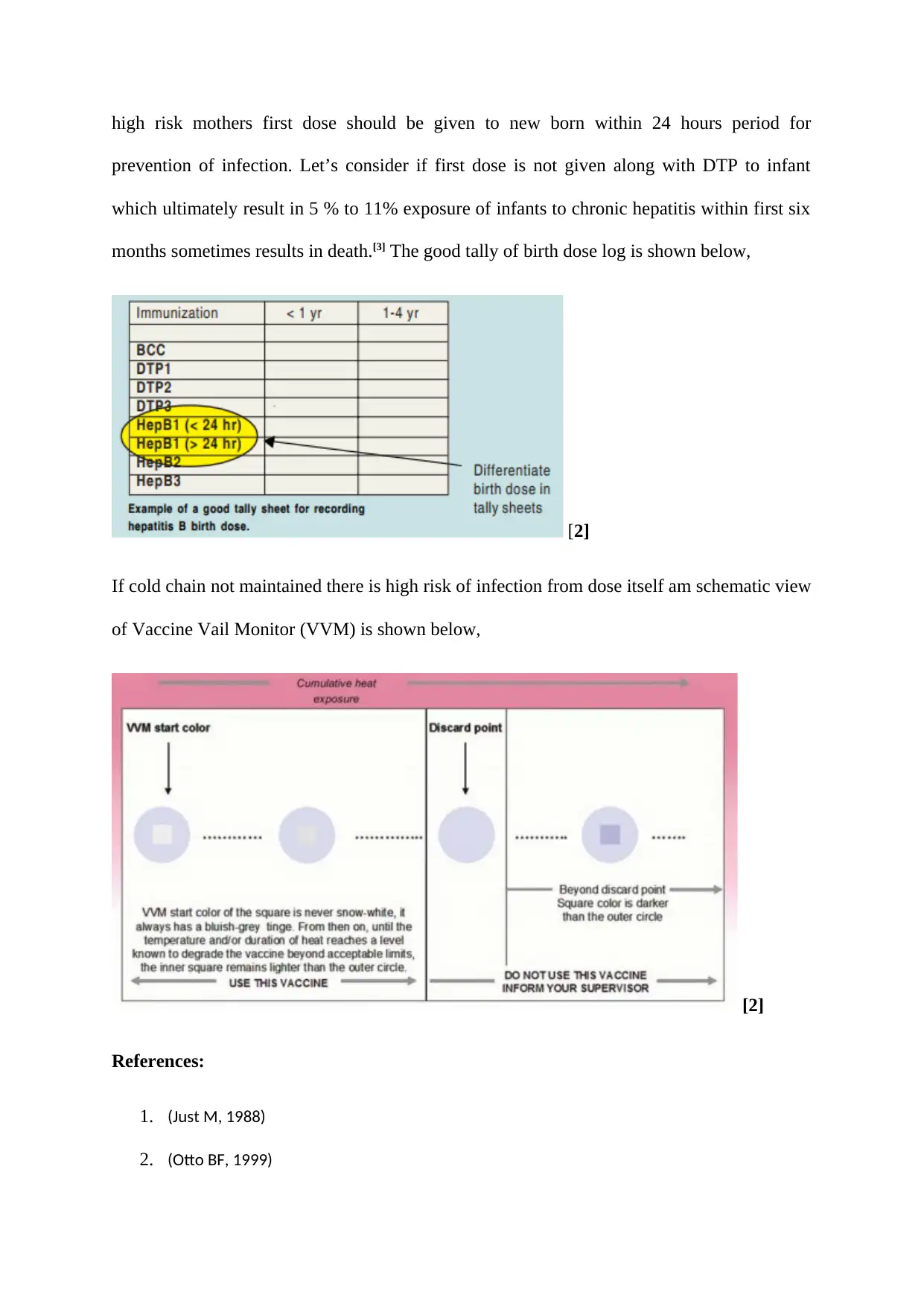Hepatitis B: Risk Factors, Vaccination Strategies, and Prevention
VerifiedAdded on 2019/10/18
|3
|491
|205
Homework Assignment
AI Summary
This assignment provides a comprehensive overview of Hepatitis B, addressing high-risk groups and vaccination strategies. It examines the various modes of transmission, including sexual contact, sharing needles, and mother-to-child transmission. The assignment emphasizes the importance of the birth dose of the hepatitis B vaccine and the rationale behind it, highlighting its effectiveness in preventing infection. It also discusses the potential risks associated with the vaccine and the importance of proper cold chain management. Furthermore, the assignment delves into the impact of Hepatitis B on public health, emphasizing the need for preventive measures and early intervention to mitigate its spread and severity.
1 out of 3









![[object Object]](/_next/static/media/star-bottom.7253800d.svg)